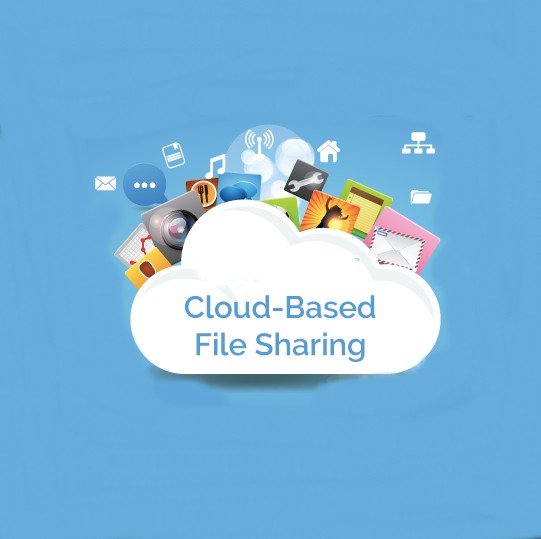The number of phishing attacks is only multiplying with each day. One of the favourite tools of cyber attackers is infected email attachments, through which malicious malware gets downloaded inside the networks.
With organisations implementing zero trust processes, it can still be a challenge to govern all mails and attachments. File sharing over the cloud insists on zero trust as it does not allow users from unknown networks to access the documents. Neither there will be scope for infected attachments to open in an organisation where there is a culture of cloud file sharing.
People are increasingly sharing their personal information online, due to this rapid expansion of internet usage. 86% of organisations had at least one user attempt connecting to a phishing website. As a result, fraudsters have access to a vast amount of personal information and financial activities.
Phishers either use psychological manipulation to persuade people to provide personal information or they use technical tactics. The most common threat by an attacker is deception through email communications, which is still the most popular phishing kind until now.
A phishing email, also known as a spoof email, is a fake email sent to thousands of recipients at random from an untrustworthy source. Phishing attacks can cause victims to lose critical information, identity theft, businesses, and government secrets.
Organisational challenges in regulating and controlling the zero trust process:
1. Users, devices, applications, and data are migrating away from traditional data centers and out of the enterprise perimeter and zone of control.
2. As new businesses require to depend mostly on digital tools and cloud solutions, by digital transformation, the risk perimeter has expanded.
3. As advanced targeted threats move within the organisational perimeter, “trust but verify” is no longer an option.
4. Traditional perimeters are inefficient, risky, and incompatible with modern business strategies.
5. To stay competitive, businesses need a Zero Trust network architecture that can protect enterprise data while ensuring that applications run quickly and smoothly wherever users and devices are.
Phishing attacks can be reduced by using file sharing and cloud collaboration tools:
1. Real-time Access from Anywhere: Documents can now be edited on the go, by multiple people at once, from any location with an internet connection. A team made up of members from various countries can now collaborate on a single project.
2. Fewer Emails: Email can be a nuisance for a lot of people. When different versions of the same document are sent back and forth via email, each with a slightly different file name, maintaining order and control becomes nearly impossible.
3. All Work is Saved Automatically: Documents crash, stop responding or become corrupted, rendering them useless and invalidating all of your efforts. Cloud collaboration tools are always syncing, work is always saved and up to date.
4. Streamlined Organisation: Files sharing can be controlled easily, allowing either everyone or only selected people. The access can be easily managed, and sharing files is as simple as clicking a few buttons. It also saves from the creation of multiple versions of files that aren’t necessary.
5. One Centralised Platform: With cloud collaboration tools, the majority of tasks can be completed on a single platform. Organisations keep all of their spreadsheets, word processing programmes, and presentations in one place.
Google Workspace provides online collaboration tools which also include file-sharing that helps to enable users to store and access data wherever and whenever needed. Email attachments can also be saved directly to Drive, allowing you to keep important attachments organised and accessible when you need them.
File sharing is an important aspect of online document collaboration, which allows people to collaborate in real-time using tools such as document preview, file locking, and version histories. Businesses can also use a powerful file sharing tool to keep their files organised and secure without having to rely on long email chains or the risk of data leaks.
They can benefit from the right file sharing tool because it can save time and money, prevent data loss, monitor and limit file access to increase security, and make file organisation simple.

Punit Thakkar
CEO & MD, Shivaami Cloud Solution





